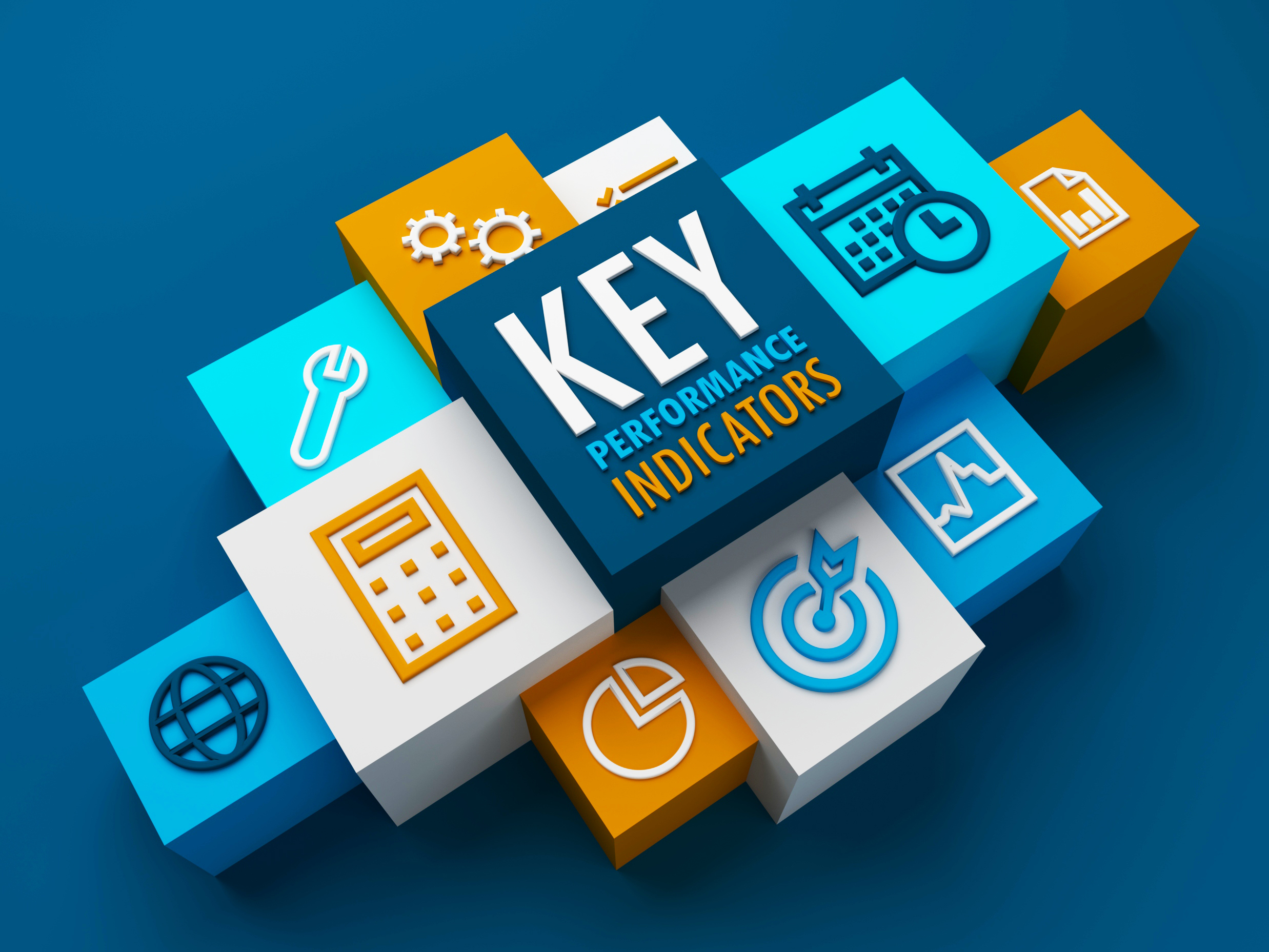When it comes to business performance, small business owners often use a variety of perspectives and goals to gauge their success. One of the most important metrics that any business can set and measure are KPIs (key performance indicators). The two types of indicators to track for KPIs are leading indicators and lagging indicators.
Leading indicators are metrics that provide insight into future performance. These are often considered to be the “predictive” indicators that can help business owners anticipate future outcomes. Examples of leading indicators include metrics like:
- the number of networking events attended,
- social media posts and engagements, or
- customer satisfaction activities.
By tracking these metrics on a regular basis, small business owners can identify trends and patterns that may impact future performance.
However, it’s important to note that leading indicators are not guaranteed predictors of success. They are based on assumptions and correlations. While they can provide valuable insights, they should be used in conjunction with other data points and business knowledge.
For example: An increase in social media engagement may indicate growing brand awareness and interest. But it does not always translate into an increase in sales.

On the other hand, lagging indicators are metrics that provide insight into past performance. These are often considered to be “rearview mirror” indicators that show how the business has performed in the past. Examples of lagging indicators for a small business might include metrics like revenue, profit margins, or customer retention rates. While lagging indicators can be useful for assessing the health of a business, they don’t necessarily provide insight into future performance.
Lagging indicators are important because they give small business owners a retrospective view of their business’s past performance. They provide a snapshot of the outcomes of previous strategies and actions. Lagging indicators are easier to measure since they are data-based, but they have limitations when it comes to decision-making.
The key difference between leading indicators and lagging indicators is their focus on either future or past performance. Leading indicators are focused on activities that can predict future outcomes while lagging indicators provide a retrospective view of past performance.
In the context of small businesses, leading indicators are particularly important because they can help business owners anticipate and prepare. By monitoring leading indicators like website traffic or social media engagement, a business owner can identify changes in customer behaviour. Monitoring and observing these trends can allow them to adjust their strategy accordingly. These KPIs can act as early warning signs, allowing business owners to make timely adjustments and stay ahead of the competition.

Lagging indicators can help small business owners evaluate the effectiveness of their strategies and identify areas for improvement. For example: If a business sees a decline in customer retention, it may need to review customer service or marketing campaigns.
To effectively track business performance, small business owners should consider using a combination of both leading and lagging indicators. By doing so, they can gain a more comprehensive view of their business and make more informed decisions about the future.
It’s important to note that the leading and lagging indicators should be tailored to the goals and circumstances of the business. Not all indicators will be relevant or meaningful for every small business. It’s crucial to identify the metrics that align with the business’s objectives and monitor them consistently.
Both leading indicators and lagging indicators play a valuable role in tracking the performance of small businesses. Leading indicators offer insights into future performance, helping business owners anticipate trends and make proactive adjustments. Lagging indicators provide a retrospective view of past performance, aiding in evaluating the effectiveness of strategies and identifying areas for improvement. With these indicators, business owners gain a more holistic understanding and can make data-driven decisions to drive growth and success.
If you’re a small business owner looking to optimize your performance and achieve your goals, consider working with ByNan Business Solutions. Our experienced coaches can help you identify the right KPIs, develop strategies, and provide guidance to unlock your full potential. Get started today by completing my Coaching Fit Assessment process by email.

